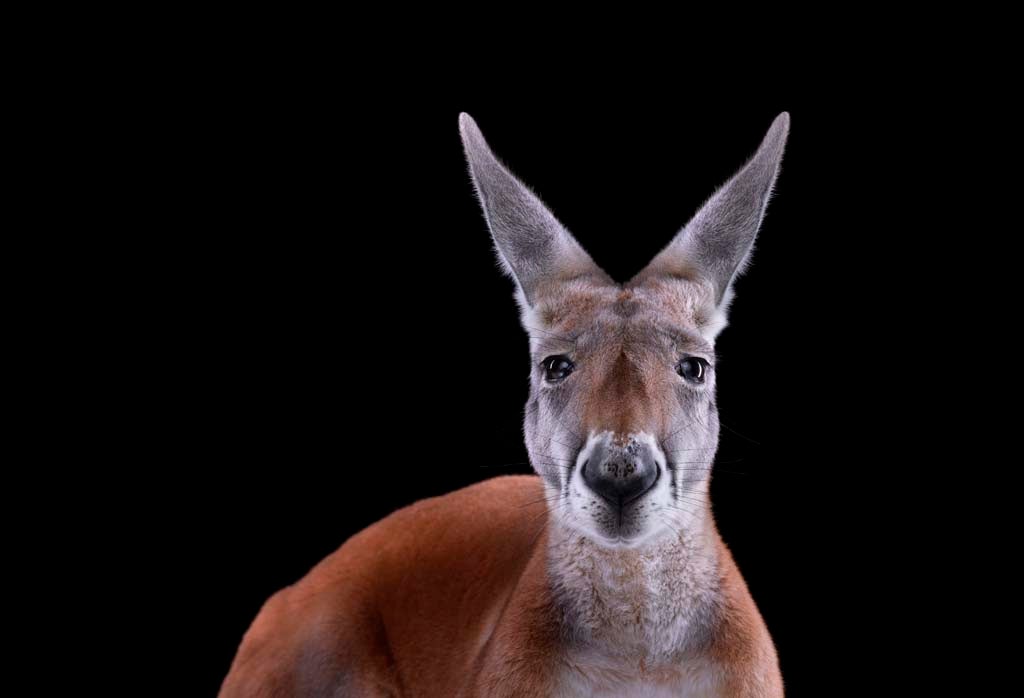Killer kangaroo was ultimate fighting marsupial

Australian golfers have long given kangaroos a wide berth, arguing that despite their placid appearance and graceful hop, Australia's most famous marsupials pack a truly impressive punch. Clubhouse banter abounds of fairway near-misses and marsupial ambushes in mid-shot.
Palaeontologists digging in northern Australia claim to have found the fossilised remains of the ultimate fighting marsupial - a flesh eating "killer kangaroo" that had wolf-like fangs and once walked the earth more than 10 million years ago.
The team from the University of New South Wales made the discovery along with 20 other previously unknown species in northern Queensland, including the carnivorous kangaroo, known as Ekaltadeta, and a large predatory bird described by the team as a "demon duck of doom".
The vertebrate palaeontologist Sue Hand said the meat-eaters would have looked remarkably different from kangaroos around today. "These things had slicing crests that could have crunched through bone and sliced off flesh," she said.
Professor Michael Archer, another team member, described the remains of two kangaroo species, one with wolf-like fangs and another with long forearms that was unable to hop like a modern kangaroo. "Because they didn't hop, these were galloping kangaroos, with big, powerful forelimbs. Some of them had long canines like wolves," he said.
The animals' remains were found in the Riversleigh Fossil Fields, the World Heritage listed site in Queensland. Recent discoveries in the 50 sq km area have included a club taled turtle with cow-like horns and a large flightless prehistoric bird.
Kangaroo attacks fascinate Australia's tabloid press, which regularly reports confrontations between man and marsupial in minute detail. Despite the hype, attacks by kangaroos are extremely rare. A spate of attacks in 2004 led to press speculation that a rabies-like disease was making kangaroos violent and various state governments have issued attack warnings, especially during times of drought.
But conservationists argue the rise in unhappy confrontations is caused by the the spread of city suburbs and emigration by city dwellers to rural areas. The only reliably documented example of a killer kangaroo was in 1936, when a hunter from New South Wales was killed while trying to save his two dogs from a fight with a kangaroo.
Join our commenting forum
Join thought-provoking conversations, follow other Independent readers and see their replies
Comments